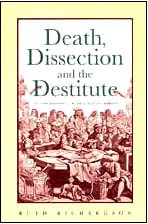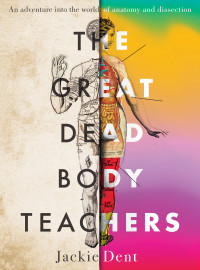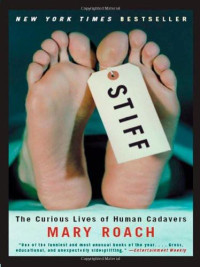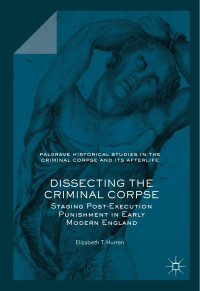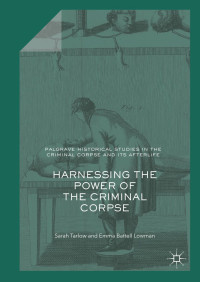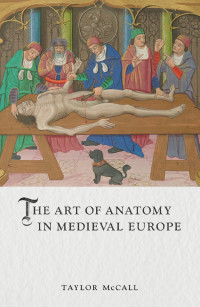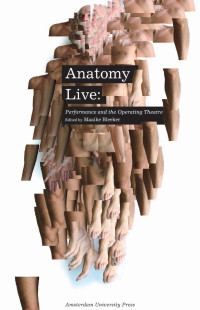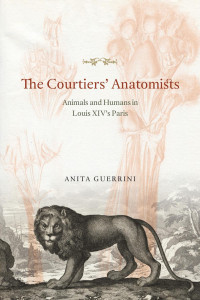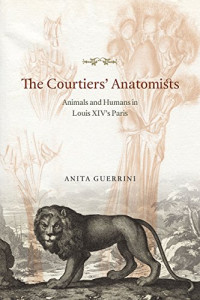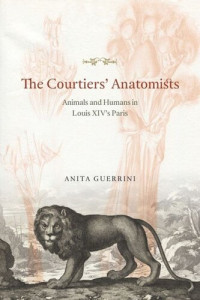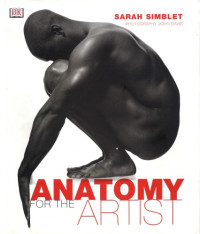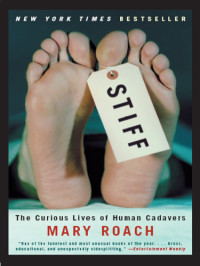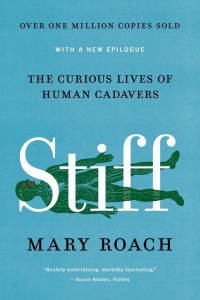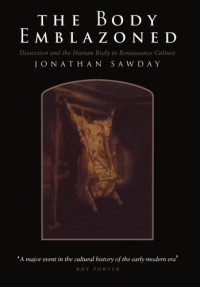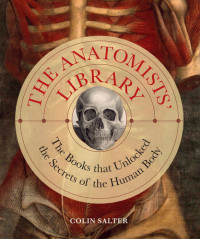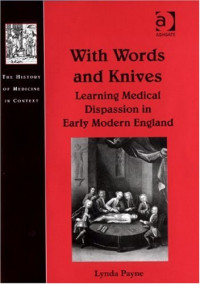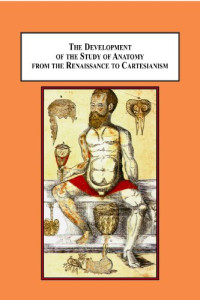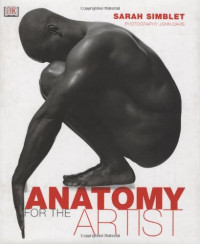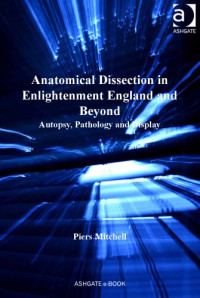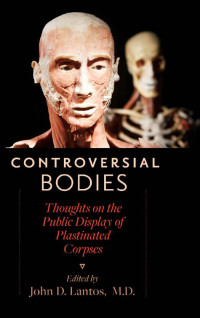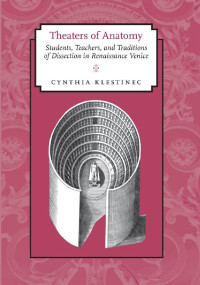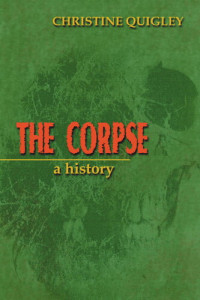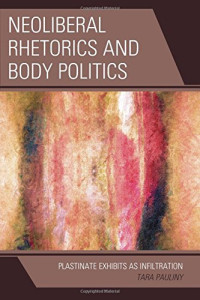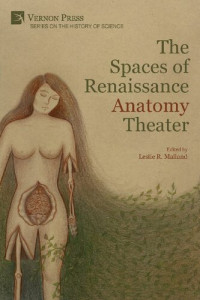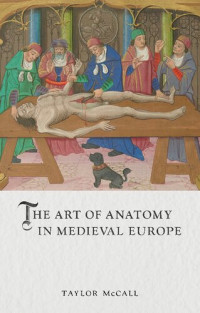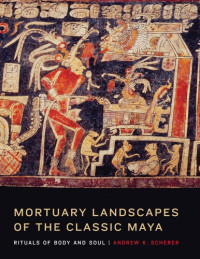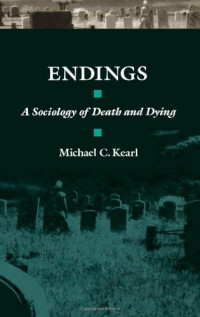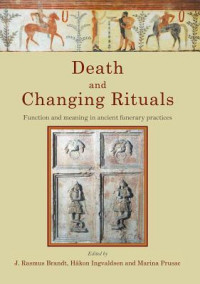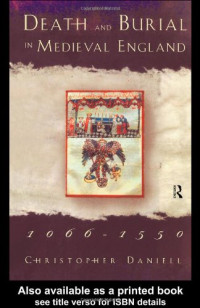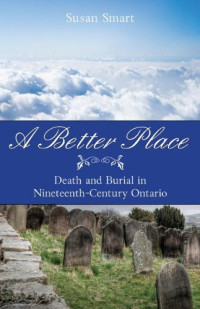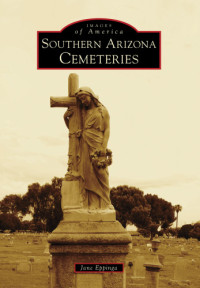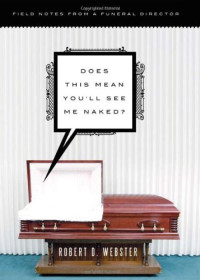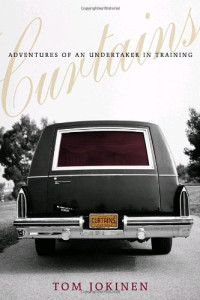
The Performative Corpse: Anatomy Theatres from the Medieval Era to the Virtual Age
Kristin Keating
The Performative Corpse: Anatomy Theatres from the Medieval Era to the Virtual Age examines the various ways in which the human corpse has been displayed, dissected, and consumed by and for a public audience. To date, performative moments of human dissection have received little scholarly attention beyond work done on the anatomical theatres of the fifteenth to the nineteenth centuries, in which criminal or unclaimed bodies were dissected for the edification of the academic community and the general public. Traditionally, the events of the anatomical theatre have been framed in Foucaudian terms: developing a hierarchical relationship of power between medico-judicial authority and the dissected body, which is objectified and commoditized. While this dissertation does not take issue with this line of analysis, it aims to open up other dimensions of the anatomy theatre by broadening its scope. It argues that, when placed in a privileged position on a theatrical stage, the dissected body becomes a "performative corpse." In this theatrical space of transubstantiation, confronting death always turns into constructing death; in its dismemberment, the performative corpse reveals the ways in which Western societies, in moments of ontological crisis, have fictionalized death to avoid its dreaded unknowability. This dissertation interrogates several historical moments of public, performative human dissection, including medieval displays of saintly relics and incorruptible bodies (Chapter 1), the sacrificial rites of the early modern anatomical theatres and their relationship to the drama of the period (Chapter 2), a seventeenth century farce condemning the growing lust of the era's anatomists (Chapter 3), nineteenth century monstrous bodies displayed and dissected to validate normal human bodies (Chapter 4), and, finally, twenty-first century exhibitions of plastinated corpses and the public autopsies of Gunther von Hagens (Chapter 5). This dissertation argues that an audience's encounter with the opened corpse always poses a particular threat to the integrity of both psychic and somatic boundaries--an aspect of the anatomical ritual that medico-scientific discourse seeks to repress. In these moments of social crisis, the anatomical theatre plays a critical role in conceptualizing, and immortalizing, the nature of death for a given community.
Ano:
2014
Editora:
University of California
Idioma:
english
Páginas:
225
Arquivo:
PDF, 3.84 MB
IPFS:
,
english, 2014
 Amazon
Amazon  Barnes & Noble
Barnes & Noble  Bookshop.org
Bookshop.org  Converter ficheiros
Converter ficheiros  Mais resultados de pesquisa
Mais resultados de pesquisa Outros benefícios
Outros benefícios 